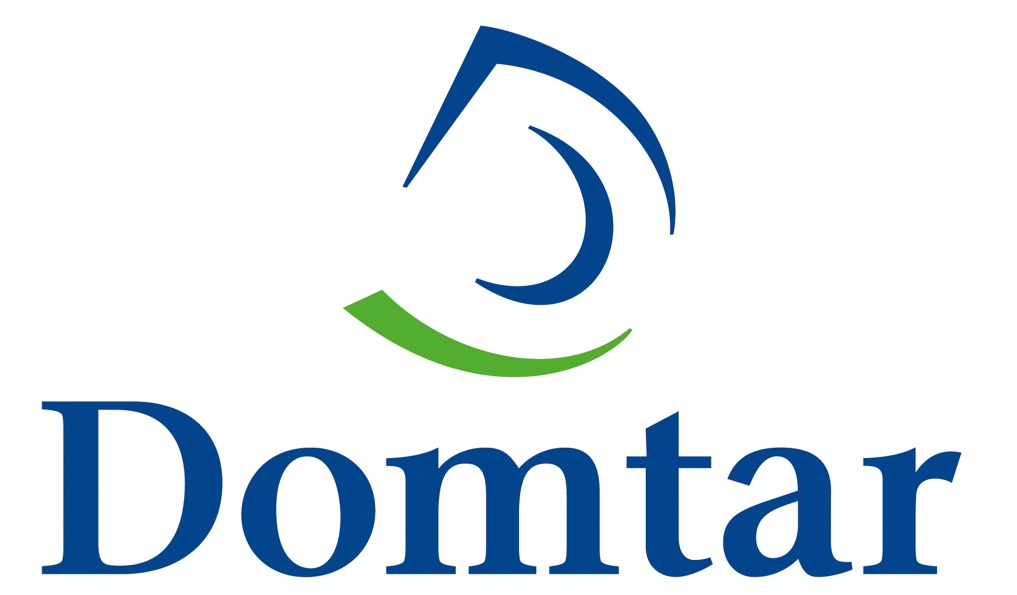Sustainable Forest Management: Engaging Local Indigenous Communities
Sustainable management of public forests is more than just analyzing environmental impacts, protecting biodiversity and stakeholder values – it also requires consultation with indigenous communities

Sustainable Forest Management -- Engaging Local Indigenous Communities
Sustainable management of public forests is about more than analyzing environmental impacts, protecting biodiversity and stakeholder values – it also requires consultation with Aboriginal communities. Even when your paper comes from North America, there are local Aboriginal communities whose cultures and traditional values should be considered when making forest management planning decisions.
Today’s leading forest certification programs have core principles that emphasize respectfully engaging with indigenous communities. However, collaborative relationships with indigenous communities cannot be effectively developed or maintained based solely on certification guidelines alone. As such, responsible forest products companies like Domtar ensure this work holds a deeper value within their corporate culture, with efforts made to build mutually beneficial relationships.
First Nations
First Nations, Inuit and Metis comprise Aboriginal peoples in Canada. The diversity among these groups is vast, with each exhibiting its own tradition languages, customs and teachings. In fact, there are over 630 recognized First Nations bands, or governments, in Canada, with roughly half of them located in Ontario and British Columbia.
With Domtar responsible for managing two Sustainable Forest Licenses in Ontario’s Boreal forest on behalf of the Province of Ontario, the company had made efforts to build mutually beneficial relationships with Aboriginal communities in these areas. A key priority for many Aboriginal communities is the growth and development of Aboriginal youth and it is in this vein that Domtar has been a proud founding partner of the First Nations Natural Resource Youth Employment Program, a partnership which has spanned over 15 years. The goal of this program is to provide a pathway for Aboriginal youth to pursue education, training, and employment in natural resource sector in areas such as forestry. Program participants to attend a six-week summer camp to learn about forestry careers, become certified in necessary skill areas and participate in paid work experiences. In addition to real world proficiency, successful participants also earn high school credits.
Three Key Learnings
Through its longstanding efforts to build relationships with Aboriginal communities in the areas where it manages public forestlands, Domtar has learned that the following steps can be helpful:
- Establish formal agreements: Ensure that expectations are clear by engaging in open dialogue with community representatives. Before beginning an initiative, it is helpful to establish formal agreements with each community to guide the relationship, expectations and discussions.
- Develop mutually beneficial business relationships: Look for solutions that will help local businesses while also meeting your company’s larger needs. Domtar works with Aboriginal harvesting, thinning and road construction contractors in an effort to build capacity. Economic benefits of this work flow to the communities where workers and their families live.
- Get to know the community to build a tailored approach: A one-size-fits-all approach will not work, as each community is unique, it is important to take great care to respect and preserve local traditions and interests. Creating a customizable approach with each community will help foster a productive, working relationship.
To learn more about Domtar’s involvement in this area, read the EarthChoice® white paper, An Overview of Domtar’s First Nations Engagement Activities: Dryden Forestlands

